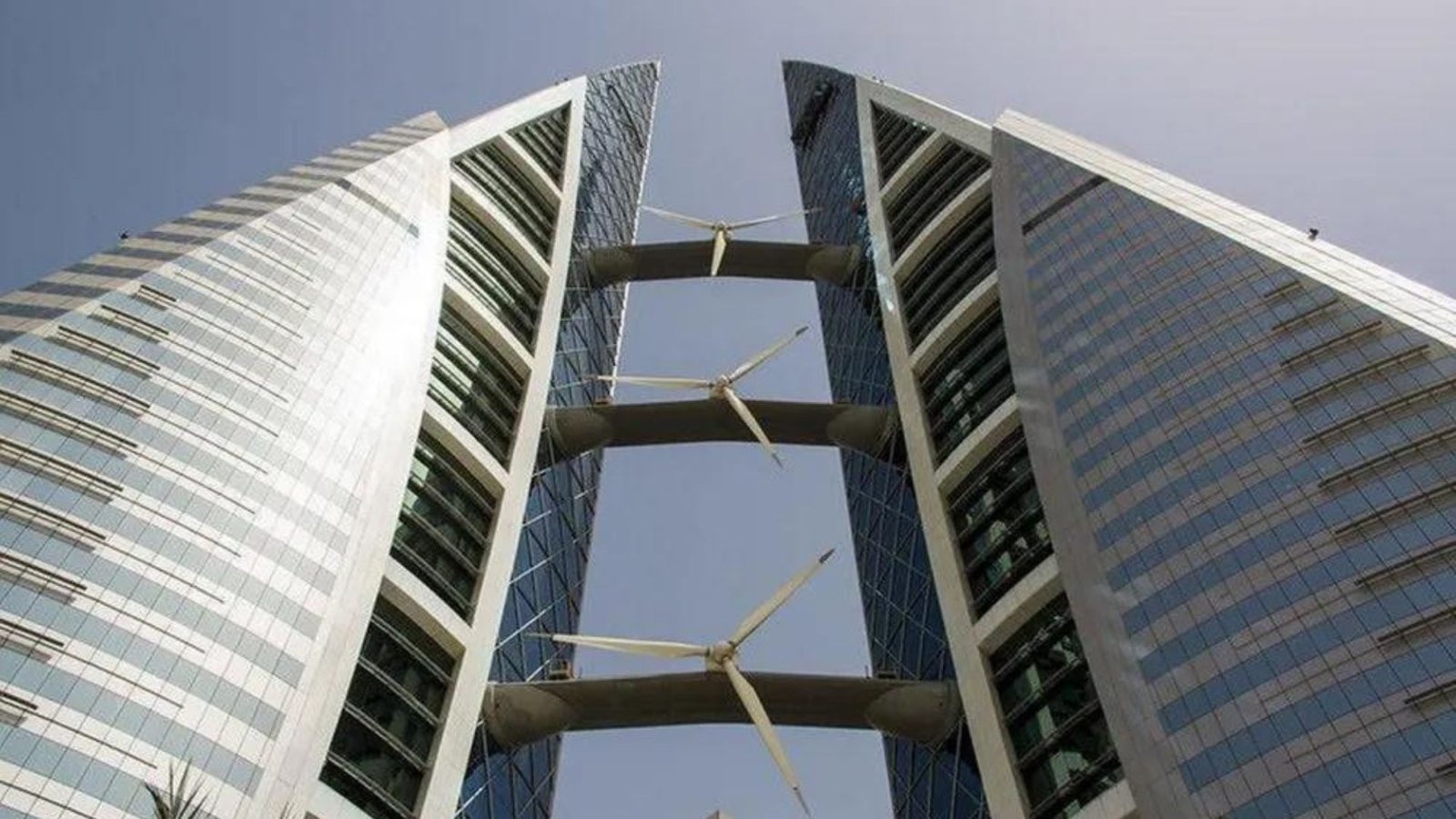Designing for Tomorrow: Post-Pandemic Architecture Trends
- By -Peter
- Posted on
- Posted in Modern Architecture
In the wake of the global pandemic, architecture faces a transformative period where design principles are reevaluated to prioritize health, well-being, and resilience. Here’s an exploration of post-pandemic architecture and its evolving trends:

1. Emphasis on Health and Safety
Post-pandemic architecture places a heightened emphasis on designing spaces that prioritize health and safety. Buildings are being reimagined with enhanced ventilation systems, touchless technologies, and antimicrobial materials to reduce the spread of pathogens. Designing for physical distancing through flexible layouts and circulation patterns that minimize congestion has become essential in public spaces, workplaces, and residential buildings alike.
2. Integration of Biophilic Design
Biophilic design principles, which incorporate natural elements and patterns into built environments, are gaining prominence post-pandemic. Access to daylight, views of nature, and green spaces not only enhance mental well-being but also support immune system function. Architects are incorporating indoor plants, natural materials, and outdoor terraces to promote a sense of connection with the natural world and improve overall occupant health.
3. Flexible and Adaptive Spaces
The pandemic has underscored the need for flexibility in architectural design to accommodate changing social norms and work patterns. Multi-functional spaces that can easily adapt to different uses—such as remote work, virtual meetings, and collaborative activities—are becoming increasingly important. Design solutions include movable partitions, modular furniture, and technology-integrated environments that support hybrid work models and dynamic lifestyles.
4. Resilient Urban Planning
Urban planning strategies are evolving to enhance resilience against future pandemics and climate-related challenges. Cities are reevaluating public infrastructure, transportation networks, and urban density to promote safer, more sustainable living environments. Concepts like pedestrian-friendly streets, cycling lanes, and mixed-use developments that reduce reliance on long commutes are gaining traction to foster healthier, more resilient communities.
5. Technology Integration
The accelerated adoption of digital technologies during the pandemic has transformed architectural practice and building operations. Architects are incorporating advanced technologies such as Building Information Modeling (BIM), virtual reality (VR), and smart building systems to streamline design processes, enhance energy efficiency, and improve occupant comfort. Smart sensors for monitoring indoor air quality and occupancy levels are also becoming standard to optimize building performance and support health-conscious design.
6. Redefining Public Spaces
Public spaces are being reimagined to accommodate social distancing while promoting community interaction and cultural activities. Design interventions include widened sidewalks, outdoor seating areas, and adaptive reuse of underutilized spaces for public gatherings and events. Architects are collaborating with urban planners and local communities to create vibrant, inclusive environments that prioritize safety without compromising social connectivity.
Future Directions and Challenges
Looking forward, post-pandemic architecture is poised to drive innovation in sustainable design, technology integration, and resilient urban planning. Architects play a crucial role in envisioning environments that not only respond to immediate health concerns but also anticipate future challenges. Collaboration across disciplines and a focus on equitable access to well-designed spaces will be essential in shaping a built environment that supports human health, social equity, and environmental sustainability.
Conclusion
Post-pandemic architecture represents a paradigm shift towards designing healthier, more adaptable, and resilient built environments. By integrating health-conscious design strategies, embracing technology, and redefining urban spaces, architects are reimagining a future where buildings and cities enhance quality of life, foster community resilience, and contribute to a sustainable and inclusive global society.



